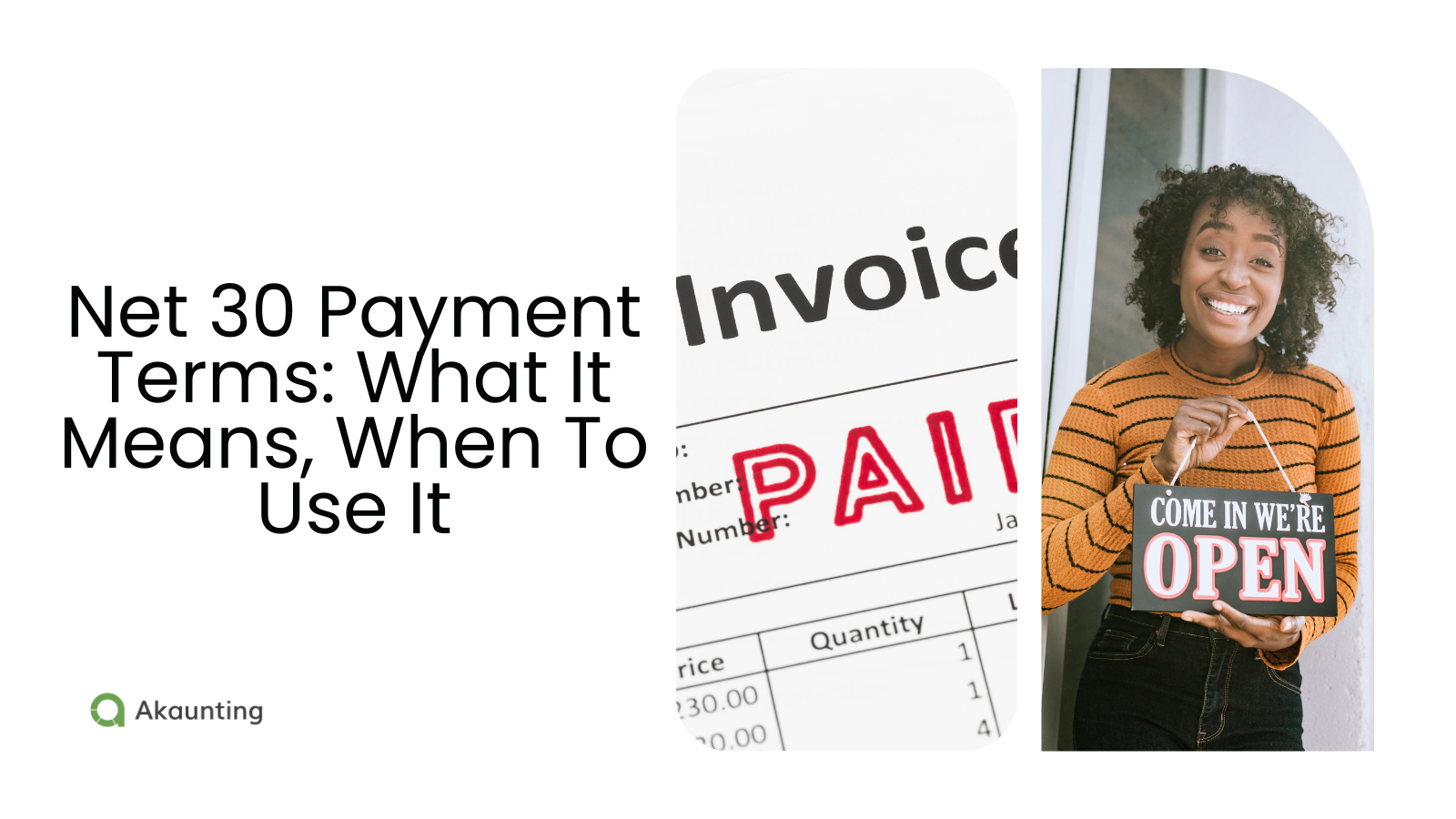What is the difference between gross profit and net profit?
Reading Time: 4 minutesUnderstanding the difference between gross profit and net profit helps you see your company’s financial position.
While gross and net profit may seem similar, they provide very different information about a small business that investors can use to determine its capability to pay off future debt or the business’s continuity potential.
Let’s get into knowing gross profit and net profit.
What is gross profit?
Gross profit, also known as gross income, appears on your income statement and tells how efficiently you manage production costs, such as labor and supplies, to generate income from selling goods and services in an accounting period.
You calculate the gross profit by subtracting the cost of goods sold (COGS) for the accounting period from the total revenue.
Gross profit formula
Gross profit = Total revenue - Cost of goods sold
What is COGS
COGS is the direct cost incurred in producing and selling a business’s goods or services.
Depending on the nature of a business, the time, labor, or any resource that goes into the manufacture of a product or delivery of a service is recorded under COGS.
Examples of Cost of Goods Sold (COGS) are raw materials, labor, warehousing cost, items purchased for resale, etc.
What is Total revenue?
Total revenue is the money your company generates from the sales of goods and services. Total revenue, also known as gross revenue, is calculated within an accounting period.

What is Net profit?
Net profit is your company’s money after deducting expenses over a given period. Depending on the business, expenses could be Operating, non-operating, or Cost of Goods Sold (COGS).
The net profit helps you determine the financial health of your business. It tells you about the profitability of your business and can be helpful to financial institutions or lenders when deciding on the need to issue loans.
Operating expenses
Businesses incur operating expenses while carrying out day-to-day business operations, which are almost necessary and unavoidable. Examples are rent, inventory costs, marketing, payroll (excluding labor for manufacturing), travel expenses, etc.
Non-operating expenses
These are indirectly associated with the day-to-day operations of a business.
These expenses include interest payments on debt, lawsuit settlements, inventory write-offs, etc.
Net profit, also called Net income, is calculated by deducting all business expenses from the gross profit.
Net profit formula
Net profit = Gross profit - Expenses
The difference between gross profit and net profit
Below is a table highlighting the differences between gross and net profit.
| Gross profit | Net profit |
| The profit after deducting costs or expenses associated with manufacturing goods and services. | The profit after deducting all expenses associated with managing the business operations. |
| The values are unreliable for financial decisions as they don’t include all expenses. | It factors in all expenses accrued by the business. |
| It estimates a business’s profitability. | It determines the performance of the business. |
| It controls excess costs. | It shows how a company’s financial performance within an accounting period. |
| The income statement shows the credit balance of the trading account. | The income statement shows the credit balance of the profit and loss account. |
The importance of gross profit and net profit to your business
Understanding your small business’s gross profit can help you improve production efficiency by finding ways to minimize the cost of goods sold. A higher net profit value than gross profit signals that you need to cut down business expenses.
Net profit tells investors and financial institutions about your business’s health and available cash. Investors who want to invest in your company look at the net profit of your business before making an informed investment decision.
Final thoughts – Small business gross profit vs. net profit
Knowing the differences helps you make informed decisions on business growth, cutting costs, and securing investments from financial institutions.
Bare related and make up your income statement.
Therefore, while running a small business, it is important to keep daily track of income and expenses to understand your company’s financial health.
Using online accounting software such as Akaunting, you can generate income statements and reports that evaluate your company’s financial position at any period.
Gross profit vs. net profit FAQs
- Operation profits vs. Gross profit vs Net income
Operating profit is the total earnings from a company’s core business operations, excluding interest and tax deductions. Gross profit subtracts the cost of goods sold (COGS) for the accounting period from the total revenue. Net income is deducting all business expenses from the gross profit.
- What is a good net profit margin ratio?
Commonly accepted net profit margins are 10% on average; a 20% margin is considered high (or “good”), and a 5% margin is low.
- What is a good profit margin for a small business?
Generally, a healthy profit margin for a small business tends to range anywhere from 7% to 10%.
- What does it mean if net income is high?
This could mean that the company has a lot of expenses, low income, or both.
- What does the net profit ratio tell us?
Net profit tells investors and financial institutions about your business’s health and available cash.
- What is a bad profit margin?
This is when production costs exceed the total revenue for a specific period. This means the company is spending more money than it’s making.





